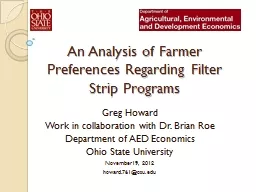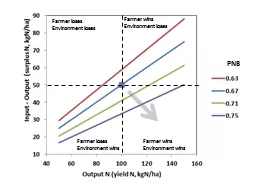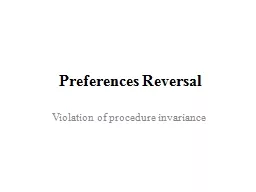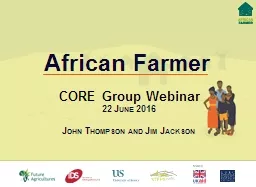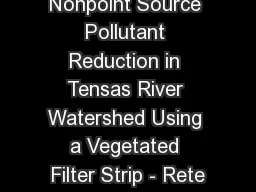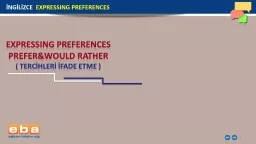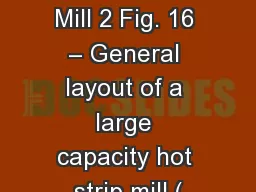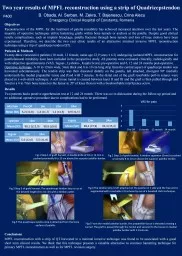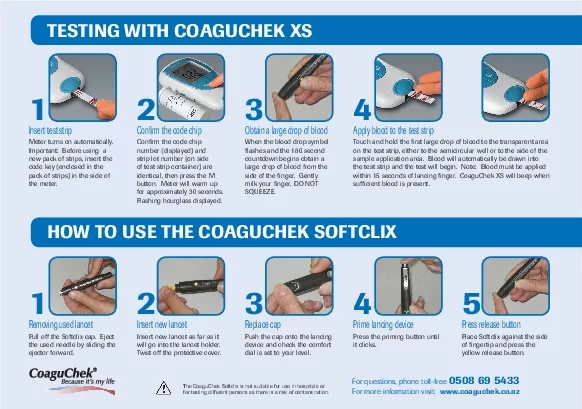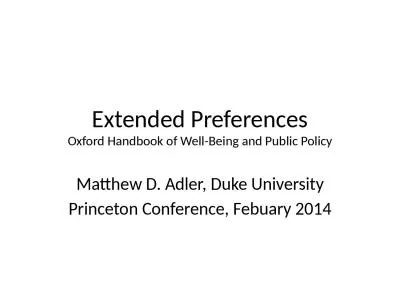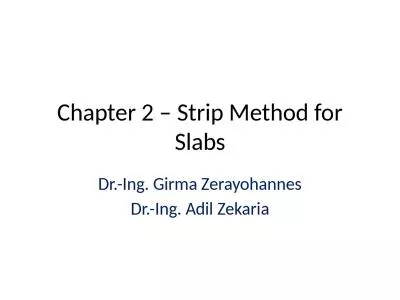PPT-An Analysis of Farmer Preferences Regarding Filter Strip Programs
Author : danika-pritchard | Published Date : 2019-12-05
An Analysis of Farmer Preferences Regarding Filter Strip Programs Greg Howard Work in collaboration with Dr Brian Roe Department of AED Economics Ohio State University
Presentation Embed Code
Download Presentation
Download Presentation The PPT/PDF document "An Analysis of Farmer Preferences Regard..." is the property of its rightful owner. Permission is granted to download and print the materials on this website for personal, non-commercial use only, and to display it on your personal computer provided you do not modify the materials and that you retain all copyright notices contained in the materials. By downloading content from our website, you accept the terms of this agreement.
An Analysis of Farmer Preferences Regarding Filter Strip Programs: Transcript
Download Rules Of Document
"An Analysis of Farmer Preferences Regarding Filter Strip Programs"The content belongs to its owner. You may download and print it for personal use, without modification, and keep all copyright notices. By downloading, you agree to these terms.
Related Documents

